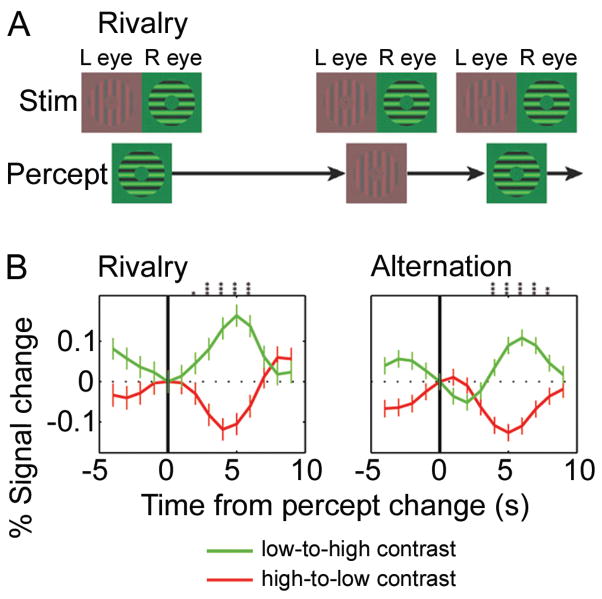Figure 4. LGN responses reflect perceptual experience during binocular rivalry.
(A) Schematic view of the visual stimuli presented to each eye (top row) and the subject’s perceptual experience (bottom row) during the binocular rivalry task. (B) Mean fMRI signal from the LGN for all switches from low-to-high (green) or high-to-low (red) contrast percepts. Data from both hemispheres of all five subjects combined. (Left) Although the retinal stimulation did not change, LGN responses increased when subjects perceived the high contrast stimulus and decreased when they perceived the low contrast stimulus (manual report of percept at t=0). (Right) Physically alternating the visual stimuli (i.e., only presenting the high or low contrast stimulus at any one time) produced a similar pattern of LGN responses. The same response pattern during rivalry and physical alternations was also seen in V1, suggesting that the LGN/V1 circuit resolves the rivalry between simple grating stimuli. Difference between the green and red curves: t-test, *P<0.05; **P<0.01; ***P<0.001. From Figs. 1 and 2 in Wunderlich et al. (2005).

